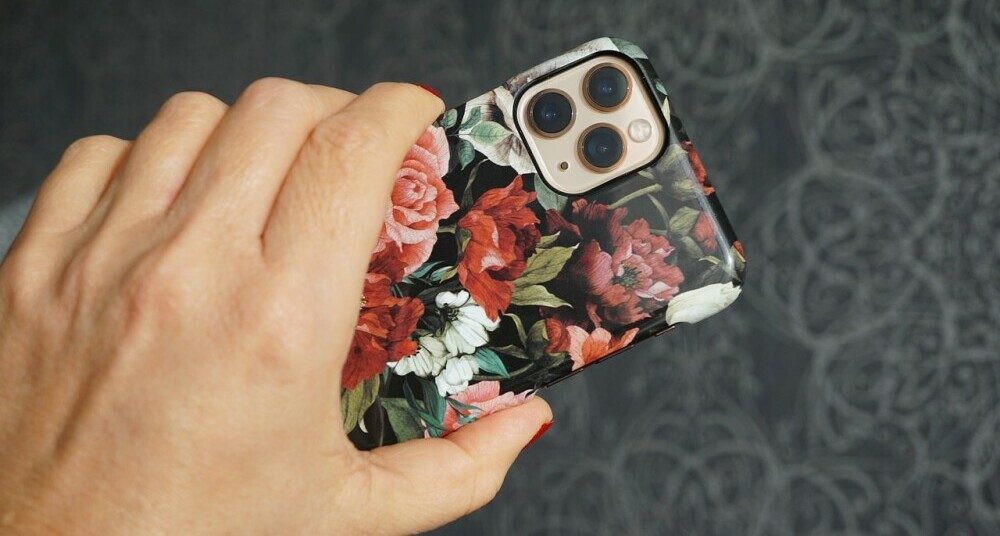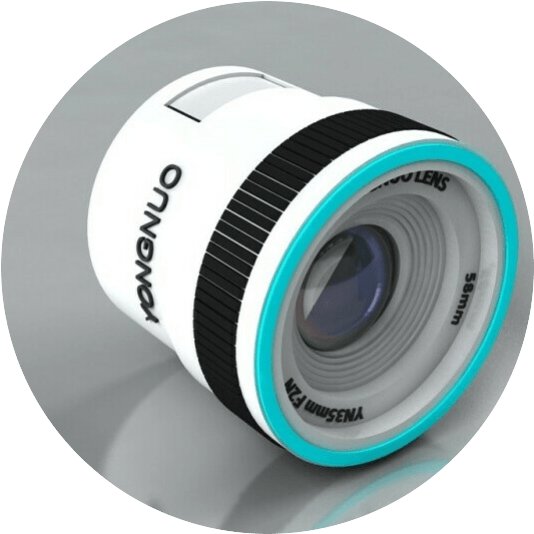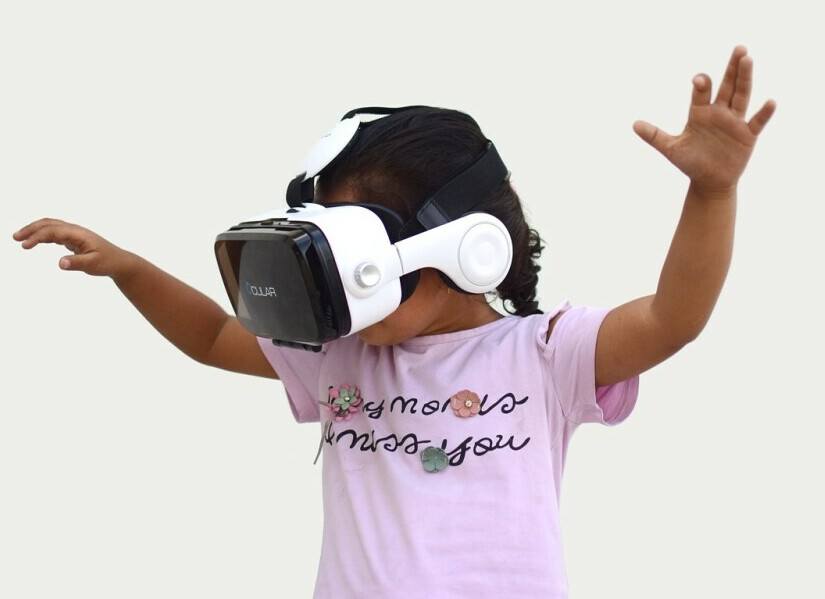Remember the time when smartphones had just one modest camera?
Fast forward to today, and you’re likely packing a device with two, three, or even more lenses in your pocket.

So, what sparked this transformation?
It’s not just about snapping a photo anymore. It’s also about shooting cinematic videos, capturing wide landscapes, and getting close-up shots with stunning detail.
That’s the magic of multiple cameras on your smartphone. We’ve witnessed a rapid evolution in mobile photography, partly driven by consumer demand for better and more versatile cameras.
The journey from single to multiple camera systems is a tale of innovation and consumer expectations.
Early smartphones came equipped with a simple camera mainly meant for quick shots.
However, as social media and photo-sharing became ingrained in our daily lives, the race to create smartphones with camera capabilities similar to professional cameras began in earnest.
Now, as we delve deeper into the benefits of having multiple cameras on smartphones, you’re going to find out about the technical details and how they improve overall image quality.
And believe me, it’s not just for show; there’s some serious technology at work here.
Enhancing Photo Quality: The Role of Multiple Cameras
In the quest to capture life’s moments with clarity and precision, smartphone manufacturers have leveraged multiple cameras.
It’s not just a gimmick; it’s a multifaceted approach to overcoming the limitations of a single lens.
First, there’s the standard lens—the all-rounder that handles your basic photography needs.

But alongside it, you’ll often find a cast of specialized counterparts.
Take the wide-angle lens for example. It’s your go-to for stunning landscapes or group shots where you just can’t step back any further.
Its wide field of view fits more into the frame without compromising on quality.
The ultra-wide lens takes it a step further, delivering dramatic perspectives with even more of the scene captured.
This lens is why your photos can have that same sweeping vista you’re seeing with your own eyes.
Telephoto lenses aren’t just for spies in movies.
They bring distant subjects closer, making them essential for capturing details from afar—like the expression on your pet’s face from across the yard.
Macro lenses, on the other hand, turn tiny details into the main subject.
Imagine photographing the intricate patterns on a butterfly’s wings or the individual dewdrops on a leaf; that’s macro at work.
Beyond specialized lenses, multiple cameras mean better performance in low light.
Dedicated sensors can absorb more light, reducing that frustrating grainy look that used to plague evening photos.
Depth sensors do wonders, too.
They’re the magicians behind the portrait mode that artistically blurs the background while keeping your subject in sharp focus—creating professional-looking shots without a bulky camera.
It’s not just what the cameras capture individually, but also how a smartphone synergizes these inputs through image fusion.
Combining data from multiple sensors can lead to higher resolutions and impeccable detailing, a feat single cameras often struggle to achieve.
Specialized Functions: The Advantages of Camera Variety
Smartphone makers aren’t just adding cameras for the aesthetic; each one serves a unique purpose, bringing specialized functions to your fingertips.
An optical zoom feature is one of the most significant benefits of having multiple camera setups.
Unlike digital zoom, which simply enlarges the image and often reduces quality, optical zoom uses the actual lenses to magnify your subject, resulting in crisp, detailed photos.
Then there’s the world of 3D and augmented reality (AR).

A combination of cameras can sense depth and space, allowing your phone to place virtual objects in the real world with convincing accuracy.
This isn’t just for fun and games; think measuring space for furniture or providing real-time directions on top of live street views.
For the videography enthusiasts out there, the convenience of shooting high-quality videos can’t be overstated.
From ultra-stabilized action shots to cinematic pans, multiple cameras work together to give you a pocket-sized film studio.
And, of course, artificial intelligence (AI) deserves a mention.
AI takes camera capabilities to the next level by analyzing and optimizing photos from all sensors in real-time.
This technology isn’t just smart; it’s like having a professional photographer inside your phone, ensuring every shot is the best it can be.
The User Perspective: How Multiple Cameras Impact User Experience
Your smartphone’s camera isn’t just a tool for capturing memories; it shapes how you interact with the world.
Versatility is key.
Whether you’re snapping a sweeping landscape or zooming in on a butterfly, your phone adapts.
Multiple cameras mean you don’t have to compromise; you can capture stunning visuals in a wide array of scenarios.
It’s all about having the right tool for the right moment, and that’s what multi-camera setups provide.
For those who may not be photography experts, auto-settings and intelligent algorithms are here to help you.
Your phone automatically selects the best camera for the situation and adjusts settings for optimal results.
It’s like having a photography assistant in your pocket, making it easier than ever to get that perfect shot without fumbling with settings.
Creators are having a field day with this. The wide range of camera capabilities provides a canvas for creativity.
Social media content is richer, more varied, and tailor-made for engagement thanks to features that were once only available to professionals.
Your daily vlog or food photography can now stand out with just the phone in your hand.
Beyond functionality, there’s something about a multi-camera phone that just feels advanced. It signals to yourself and others that you’re part of the cutting edge.
It’s not just vanity; it’s about the confidence of having a powerful tool on hand to explore creative possibilities whenever inspiration strikes.
The Future of Smartphone Cameras: Trends and Predictions

We’re at the precipice of innovation when it comes to mobile photography. Smartphone manufacturers continue to explore new technologies, each more groundbreaking than the last.
The trend of multi-lens camera systems has only just begun to show its potential.
Computational photography is a field set to revolutionize the way we capture images.
With advancements in AI and machine learning, future smartphones will likely depend more on software than on additional hardware.
This tech promises better image processing and potentially fewer lenses while maintaining, or even surpassing, current image quality.
Then there’s the influence of AR (augmented reality) and VR (virtual reality).
As these technologies mature, they’ll demand not just multiple, but smarter camera systems.
These systems will need to understand and interpret our surroundings with precision to provide truly immersive AR/VR experiences.
Consumer expectations are also shifting rapidly. Users increasingly look for professional-grade tools in their pockets.
The democratization of high-quality photography means future smartphones might replace more traditional cameras for all but the most demanding professional use cases.
Finally, keep an eye on under-display camera technology, which has the potential to change the game in terms of design aesthetics and functionality.
Say goodbye to notches and punch-holes, as camera sensors might soon be hidden discretely under the screen, without compromising on photo quality.
In a rapidly evolving field like smartphone technology, one thing is certain: our devices are going to become even more sophisticated, and the multi-camera setup is just a snapshot of what’s to come.
It’s a thrilling time for mobile photography enthusiasts, and it can be exciting to see how these innovations will continue to shape our photographic creativity and experiences.


